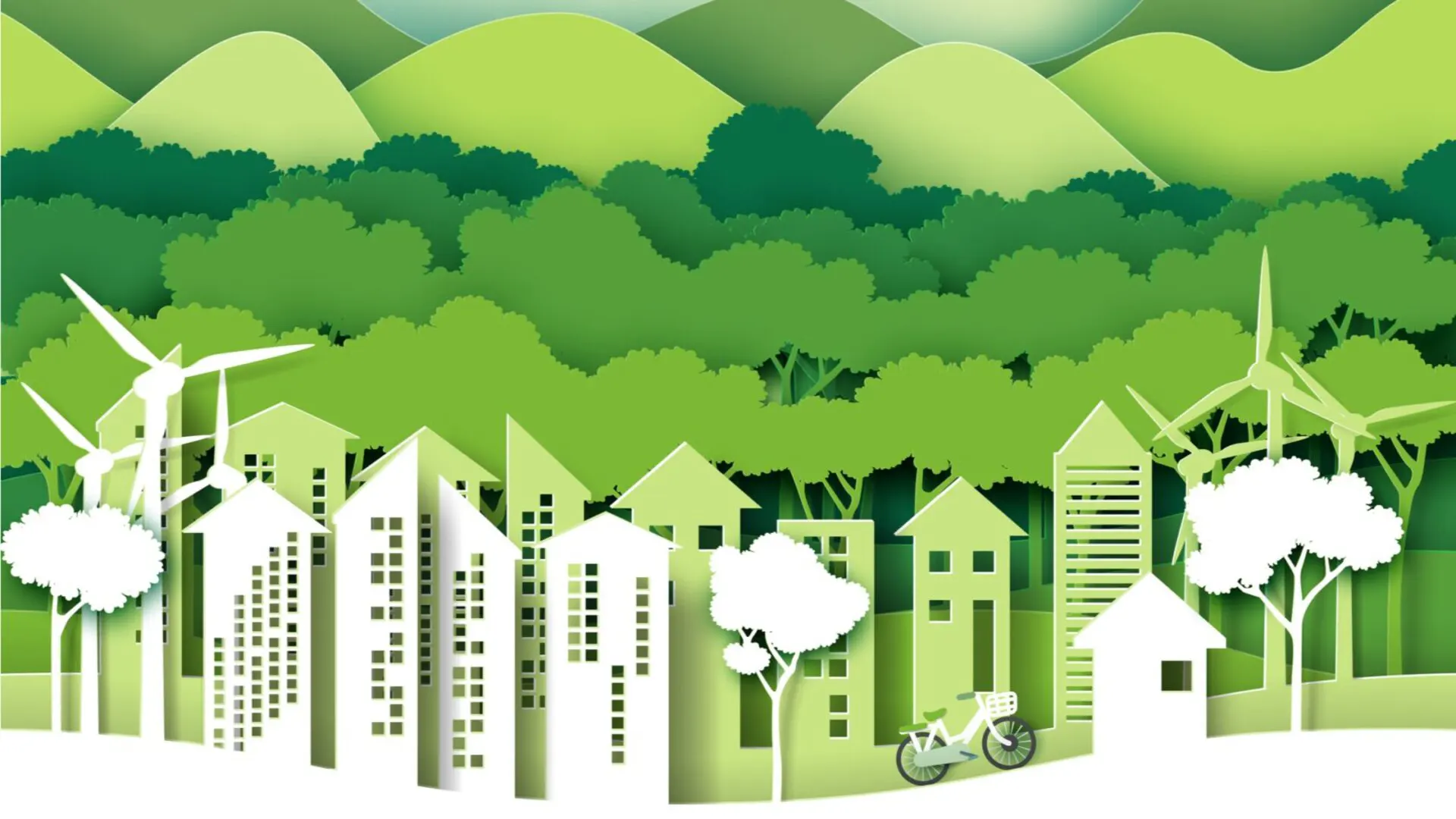
Today, in both construction and operation, buildings account for 30-40% of global greenhouse gas emissions. Reducing carbon emissions from buildings will therefore be a key part of achieving the Paris climate targets (2016) and net zero emissions by 2050.
Nearly zero energy buildings, or NZEBs, named by the US Institute for Building Efficiency, are the embodiment of sustainable architecture projects that use new technologies in decarbonisation, digitalisation and energy efficiency in their construction and operation. With these technologies, which avoid wasting vital energy resources and water throughout the building’s life cycle, traditional constructions and/or architectural projects are converted into energy-efficient or even self-sufficient buildings.
To this end, through EU Directive 2018/844 and EU Regulation 2018/1999, the European Commission has established a roadmap to be implemented in the Member States. This roadmap has an impact on the following aspects:
- A long-term building renovation strategy.
- Standards for new buildings.
- Application of calculation methodologies for obtaining energy performance.
- Granting of energy certifications.
- Inspection of installations (heating, air-conditioning, etc.).
- Electromobility.
- Implementation of financial incentives.
By Jean Carlos Soto, Senior Structural Engineer in Amusement Logic’s Architecture Department.







